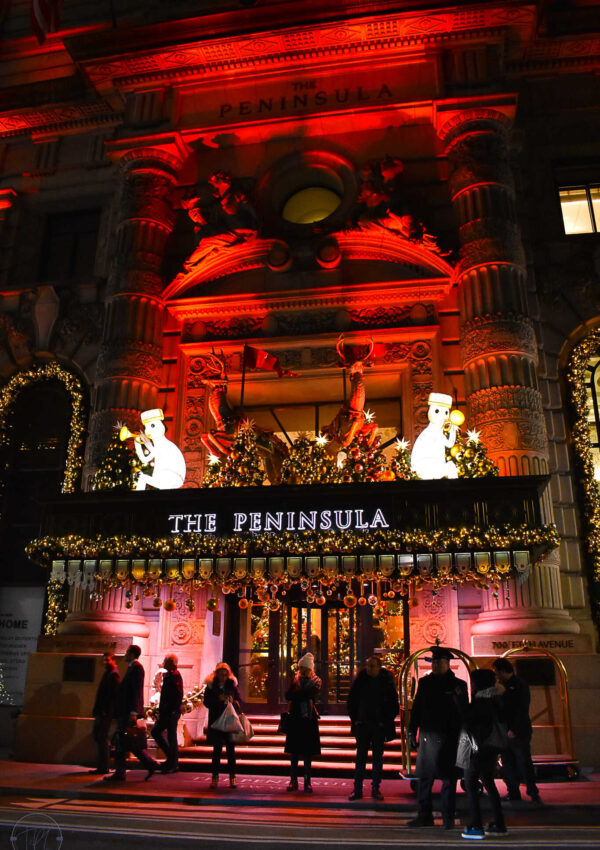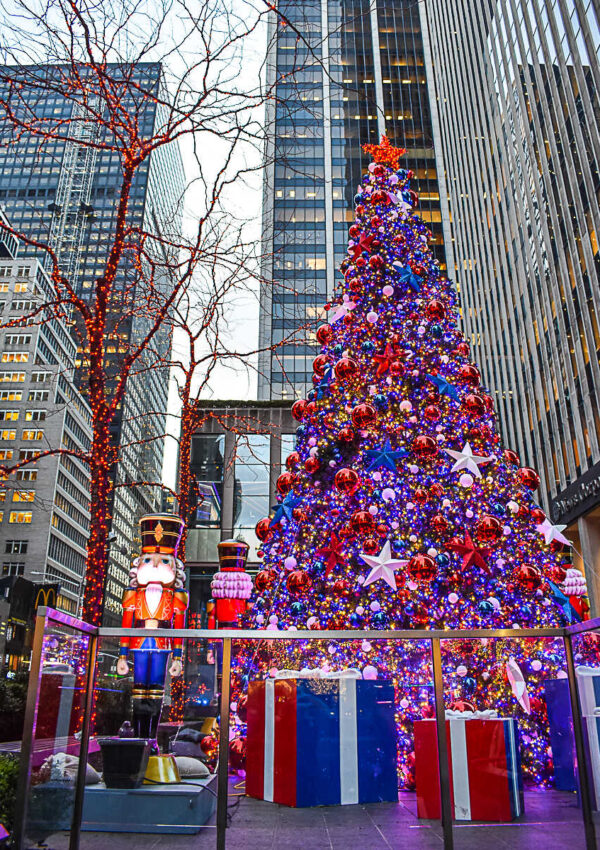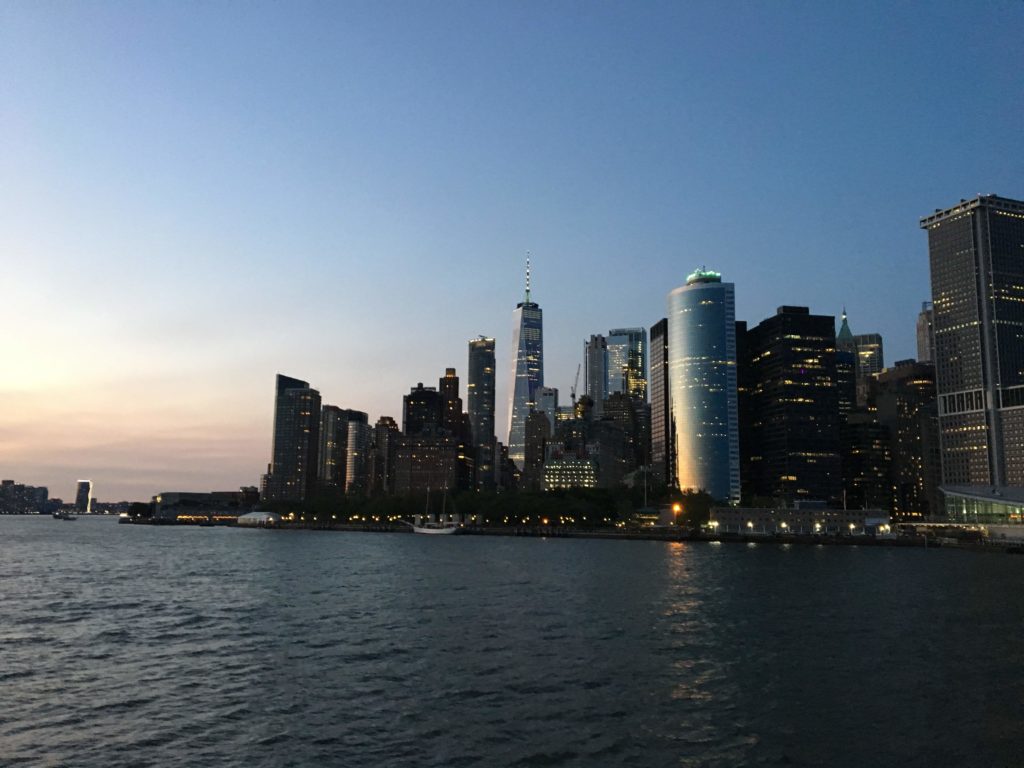This post may contain affiliate links! I will receive a commission, at no extra cost to you, if you purchase something recommended here.
If you’re ever walking down a New York City street and you pass a brown road sign in addition to the ordinary green marker, that’s the marker to signify historic streets in Manhattan and around the other boroughs!
The beauty of the city is if you keep walking, at some point, you’ll find something you’ve never seen before.
But even if you know where you’re going, look closely at those street signs. Some might surprise you.
Avenue 6 1/2

In between 6th Avenue and 7th Avenues, there lies Avenue 6 1/2. This mini avenue cuts through the main avenue block in two between W 51st and W 57th. For a span of six street blocks, you can indulge in the pleasure of making quick turns.
While this quarter-mile stretch of avenue is brand new, the walkway itself has been around since the 1980s. It was originally a not-so-secret pathway for commuters and employees of businesses on the varying streets to get around faster. However, with a greater push happening throughout the city for safer pedestrian walkways, officials took an opportunity to give this unique path its own title.
Read More: The Best Observatories in New York City
Lincoln Highway

At the corner of West 42nd Street and Broadway, there’s a marker for the Lincoln Highway. You haven’t missed it. There’s no highway that runs through Midtown Manhattan. Anymore.
You see, Times Square was once the East Coast end of a transcontinental highway. In its prime, it extended through 14 different states and finished at Lincoln Park in San Francisco, California.
This 3,389-mile road has now been adapted into various interstates and highways that run through the country, but during its prime years, it was the only roadway that connected the East and West coasts. There are even markers and statues of Abraham Lincoln that remain at various points along the route.
Read More: Your Guide to the Best Free Things To Do in New York City
Little Brazil

Little Brazil is a small neighborhood existing between one single block of Manhattan real estate. Situated on West 46th Street between 6th and 7th Avenues, right off from the pandemonium that is Times Square. The community has shrunk in size over the past decades, as people have moved increasingly away from Midtown Manhattan.
The street still maintains its heritage. Each year, there is a huge festival to celebrate, known as Brazilian Day. The Brazilian Consulate is still located in the neighborhood. The Brasilians, a monthly newspaper that goes out in both Portuguese and English to subscribers all over the United States, keeps its office on the street. And, check out the authentic Brazilian restaurants like Ipanema and Via Brasil.
Read More: What Not To Do on New York Public Transport
Evacuation Day Plaza

All the way at the base of Broadway, at the base of another one of the historic streets in Manhattan, there is a small plaza. With the Charging Bull of Broadway and Bowling Green Park just a few steps away from each other in the space, it’s easy to overlook a street sign. However, the square is also home to Evacuation Day Plaza.
Although the American Revolutionary War had officially ended in September, on November 25th, 1783, the last British soldiers evacuated Manhattan by way of The Battery (where Battery Park is today,) finally ending their seven-year occupation. George Washington led a battalion of Continental Army soldiers down Broadway to Bowling Green Park, and a soldier climbed up a greased flagpole to tear down the British flag and replace it with the Stars and Stripes.
Over that following century, New York City used to go all out in celebrating this holiday each year. But by the 20th century, Thanksgiving had eclipsed its importance. Now, Bowling Green Park shares the title Evacuation Day Plaza to commemorate the pivotal moment in the Revolutionary War.
Read More: Your Guide to Navigating the New York City Subway System
Canyon of Heroes

As you along Broadway from Battery Park up to City Hall, look down. You will find granite markers, marked with dates and descriptions. No, they’re not misplaced, you are stepping through the Canyon of Heroes. They tell the story of every single ticker-tape parade that New York City has ever had.
Wondering what ticker-tape is? Think of it like modern receipt paper. Back in the day, “ticker” machines recorded the day’s stocks on “tape,” a one-inch wide roll of paper. These machines were widely used at companies all over the Financial District. At the end of the day, no one had a use for the extra paper. However, bored office workers quickly realized that when thrown out of their skyscraper windows, it floats down to the street in a spiral.
The first official ticker-tape parade was held to honor the dedication of the Statue of Liberty. It started at Battery Park, and followed all the way up Broadway, finishing at City Hall. The parade route remains the same today. So far, we’ve had 207 ticker-tape parades, with 130 of those held in the 20-year span from 1945 to 1965. It’s seen as the ultimate job-well-done in New York City.
Today, we mostly hold ticker-tape parades when sports teams, particularly New York City’s, win the finals of their respective league. The last one was held on July 10, 2019, when the U.S. Women’s Soccer team won the World Cup. Here’s hoping we get another one soon!
Read More: Popular Movies & TV Shows Set in New York City
Have you visited any of these historic streets in Manhattan? Do you know of other unique spots and are desperate to share? Let me know!










